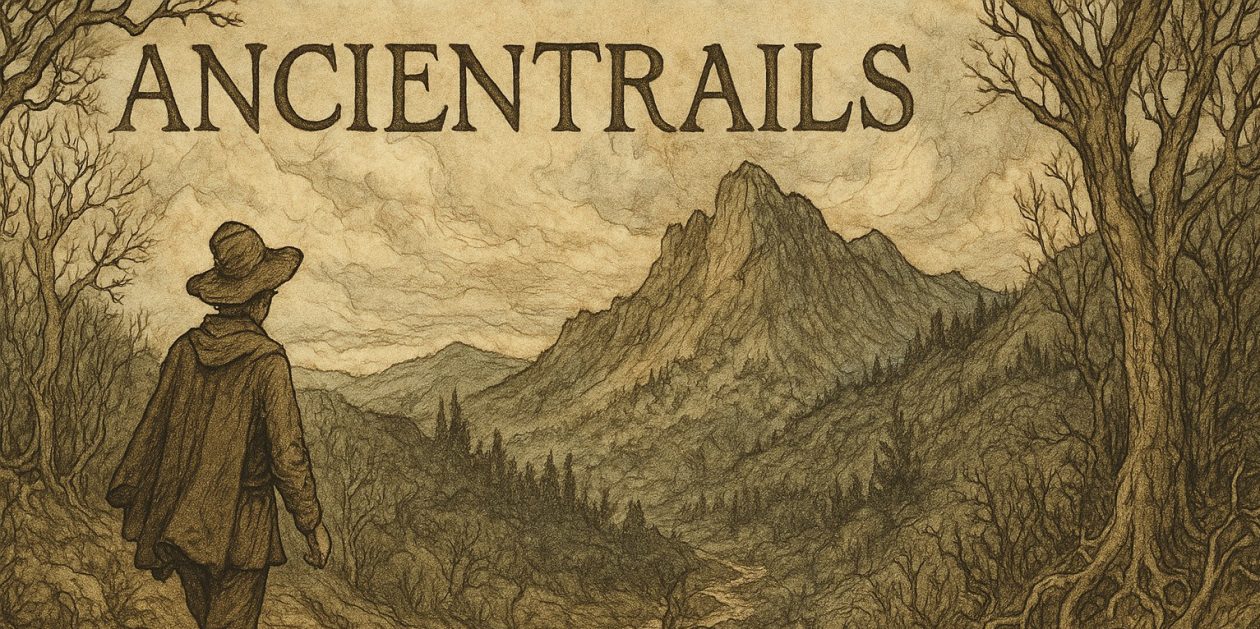69 bar steady 29.96 0mph NE dew-point 64 sunrise 6:17 sunset 8:17 Lughnasa
Full Corn Moon
The Japanese have tea parties. They sit on special decks built for one purpose. Their artists have perfected its illustration. The moon. Moon viewing. We have the same moon, but our utilitarian perceptual field notes the brightness. Or, the sentimental connections of blue moons or harvest moons or over the moon, but we do not honor the moon sui generis. If you have time the next night or two, take a moment, maybe more. Look at this silvered neighbor, our closest ally, a chunk of earth separated now from home by 250,000 miles. Full moons and crescent moons spark the fire in my heart, wonder.
I watched three Olympic events tonight and each one in its way affected me. The Romanian woman, Constantina Tomescu-Dita, ran away from the field at the ten mile mark. She ran away, ran away, ran away home in an inspiring individual effort. At 38 she was the second oldest contestant in the field. I got caught up in her bravery, her grit and finally her perseverance. When she ran into the bird’s nest stadium, I cheered along with everyone else.
Michael Phelp’s 8th gold medal. It was no gimme with a strong Australian team and a scrappy Japanese team right on the heels of the US, but Jason Lezk swam another anchor lap with great energy. He’s 32. Do you see a theme here? Dana Torres, US silver medalist in the 50 metre dash (swim), is 41. Phelp’s is in his prime and has done something no other Olympic athlete has ever done. 8 gold medals. In one Olympic. Some say it may never be done again. Maybe not. Maybe so. What ever happens, nothing will ever detract from the disciplined, humble swimmer from Maryland.
Ussain Bolt ran a 9.69 100 metre dash. He did it with ease and elegance. He, on the other hand, is 21. This was his first Olympics. He was so far ahead of the field that he thumped his chest and opened his arms palm up to the crowd–while he headed toward the finish line, speeding up.
3 riveting athletic feats. Makes you proud to be a human being.

